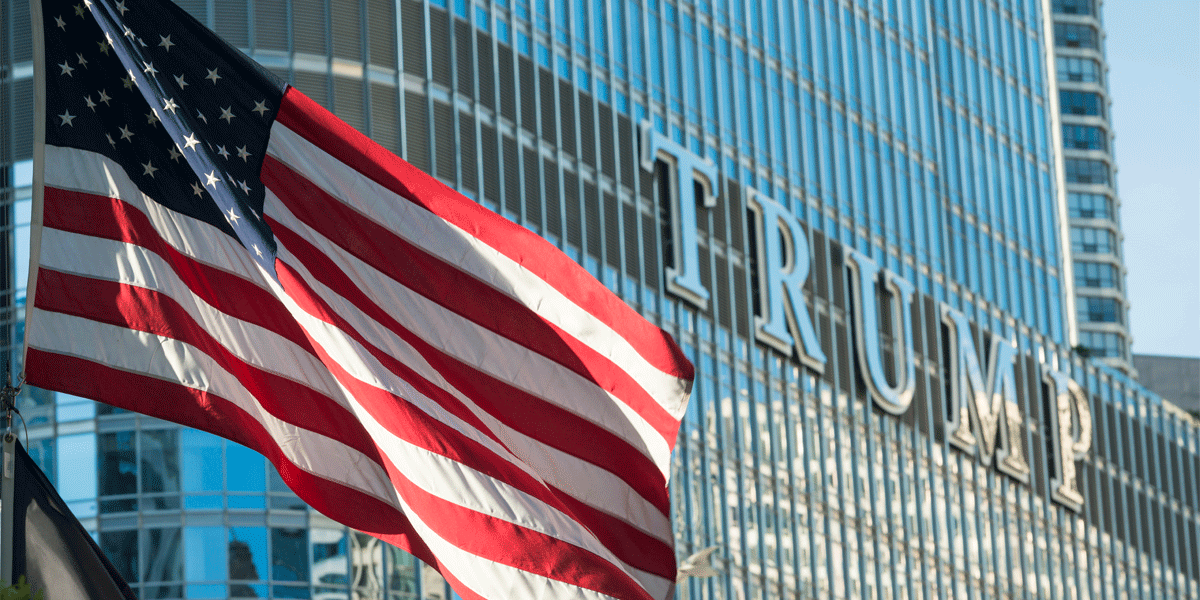Download the PDF

Contradictions in policy goals and policy instruments ensure prolonged uncertainty
Having spectacularly failed to checkmate with their “Liberation Day” opening, the Trump Administration is now faced with a long middle game, where currently, they are losing tempo with just about every move. Part of the problem is that now, the internal contradictions of the Administration’s strategy, compounded by weak tactics (based on a single instrument – tariffs) are being laid bare.
What are the strategic contradictions? To answer this question, we need know what the end goals of the Trump Administration are.
I’m not sure if this list is correct. I am sure that it’s not exhaustive, even leaving aside the social, cultural and immigration goals, but I’ll try. In my view they include: (i) reduction of the US trade deficit, current account deficit and reduction of US foreign debt; (ii) the rebuilding of the US manufacturing sector; (iii) a reduction in reliance on foreign supply chains; (iv) a reduction in spending on the defence of foreign allies; (v) a reduction in sanctions and concessions on Ukraine to bring Russia out of the cold; and (vi) ongoing economic pressure from the US and its allies to freeze out China from the global economy.
How has the Administration gone about achieving these strategic aims? It seems it had one tactic that was designed to deliver checkmate after two moves; extreme tariffs aka the Liberation Day opening.
How was that meant to work? (i) Tariffs would curtail imports and reduce the US trade and current account deficit. (ii) By choking off manufacturing imports, local and foreign businesses would be incentivised to expand manufacturing capacity in the US through expansions of the current domestic sector and by onshoring. (iii) Exempting Russia from further sanctions and making overtures to President Putin would lead Russia to direct trade back to the US and (presumably the West more generally) at the expense of China. (iv) In the process of negotiation over tariffs, the US could demand higher defence expenditure by client states and use threats over withdrawal of security agreements to improve further the conditions of trade agreements. (v) Place high tariffs on China, cutting them off from US markets and then pressure other countries to similarly impose trade barriers on China to isolate further the US’ nemesis.
What contradictions and headwinds do these policies pose? The imposition of extremely high tariffs will have the impact of curtailing import demand, but the impact on inflation and growth makes the policy impractical.
We have seen the response from financial markets already. And although the initial reaction from the Trump Administration on the prospect of recession was remarkably sanguine, it’s not clear that even the most ardent of Trump supporters amongst the members of the US House and Senate would willingly sacrifice themselves at the mid-term elections, as would inevitably be the case, if a deep US recession was to ensue.
Bringing back manufacturing to the US would be enormously costly, both in terms of set-up costs and eventual production costs. The reason countries like China and Vietnam have captured a large share of global manufacturing trade is because of its low cost of labour.
If clothing and footwear and other low value manufacturing was to be produced in the US, the cost of those products would be many multiples higher than current imports. As a consequence, resources would be needed to be diverted from sectors that were not protected (i.e., efficient sectors) by tariffs to feed into the protected sectors (i.e., inefficient sectors).
And which sectors would they be? The main sectors not able to be protected by tariffs are US exports and sectors already dominated domestically by the US – read the products produced by the magnificent 7 US tech companies.
What is the mechanism that frees up resources to go into manufacturing? Higher costs of inputs into the efficient sectors due to the higher costs of manufactured inputs and the higher cost of labour as the protected manufacturing sector’s competition for workers in labour markets pushes up wages throughout the economy.
Bringing Russia out of the cold through Ukraine concessions and lower sanctions cuts straight across the interests of the Europeans and weakens the Trump Administrations bargaining power with the EU. While it may achieve the desired response of leading Europeans to raise defence spending, it simultaneously places pressure on EU economies and budgets, which is compounded by tariffs.
Europe is a large trading bloc, on par in size with China. The combined effect of US exiting the defence of Europe and the imposition of tariffs diminishes the incentive for the Europeans to view the US as an ally of substance.
For Europe, China is a trade partner of equal size to the US and the Europeans beef is not so much with China as with Russia. Hence, the current policy seems intent of pushing Europe to form even stronger ties with China not weaker ties.
Similarly, the policy risks pushing many smaller East Asian countries more into the China economic fold. Take for example Vietnam.
It has little to concede to the US that can meaningfully reduce the trade surplus it has with the US, other than to kill its economy by dismantling its manufacturing sector. What should Vietnam do?
Commit hari kari by allowing its manufacturing sector to fade at the same time as thumbing its nose at China (on the US’ behest)? I don’t think so. Rather, this policy places poses these countries with an existential threat leaving them little scope other than to turn to China.
The current policy based almost entirely on tariffs is doomed to failure. Does this mean that the Trump Administration will relent? One would think so, but I’m not so sure.
The messaging from the Administration over tariffs has been contradictory. The hardline tariff advocates of Economic Nationalism (Peter Navarro, Steve Bannon, Stephen Miller, Howard Lutnick) seem to adhere the concept of Economic Nationalism, a form of mercantilist autarky, that has an end goal of an economically isolated US except for a close coterie of client states whose importance is more military than economic.
For this group, high tariff and other trade barriers are essential in achieving this autarky, which they view as a necessary condition in the lead up to what will be an inevitable showdown with China. For this group, almost any price is not too much to pay to achieve the end of an economically self-sufficient US.
If this group holds sway, then we can expect the tariff issue to linger indefinitely with every period of market calm another chance to creep tariffs gradually higher. In another camp are the more moderate tariff advocates, led by Treasury Seretary Scott Bessant.
In this camp, tariffs are a gambit used to strike trade deals and elicit other concessions from trade partners. If this camp holds sway, expect tariff rates to come down over time as every concession (large or small) is rewarded by a tariff cut. What difference is made by which ever camp prevails?
Enormous difference. For the hardline camp, high tariffs, weak growth and market turmoil are necessary conditions to achieve the new world order they seek.
The outcome will be protracted financial uncertainty. Increasing geopolitical risk and stagflation will drive asset allocators to shorten the duration of their portfolio (across all asset classes) and to repatriate capital from abroad, or at the very least, from the US.
If the more moderate camp prevails, the possibility of free-trade blocs opens up with the prospect of less disruption to economic and financial markets. Growth will slow as global trade is disrupted while the new order is established, but inflation can potentially be controlled in this scenario and central banks maybe able to continue their easing cycle in support of economies and financial markets.
Here, the prescription for asset allocators is more straightforward and typical risk off in nature. That is, reduce exposure to risk assets and increase exposure to defensive assets.

